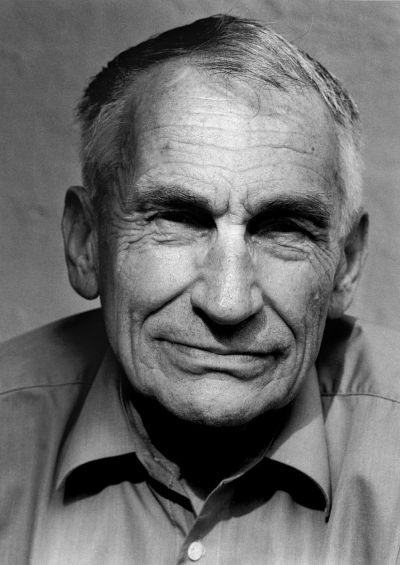Jan Mikulicz-Radecki (1850-1905) – The forgotten surgical genius

The Jews that came from Poland, Russia and Galicia showed particular confidence in Jan Mikulicz and had a special affection for him which almost bordered on admiration. That almost certainly had to do with the fact that he spoke Yiddish and it is evidence of just how great the surgeon’s authority was. “They considered him almost a saint who had a special divine grace. Just the touch of his clothes could bring about healing. (…) The Jews that revered him like to say amongst themselves: First in line is the Lord and then Professor Mikulicz.”[8]
Professor Jan von Mikulicz-Radecki was also held in high esteem abroad. In 1903, at the invitation of the American scientists, he travelled to America to perform exhibition operations, to give lectures and to receive an honorary doctorate in Philadelphia. The high standing of the Wroclaw School of Surgery under his direction is evidenced by the doctors from around the world, including America, England and Japan, who trained there. At the time, Wroclaw was a training ground for many excellent surgeons who then went on to work in hospitals throughout Europe. The best known of Jan Mikulicz’s pupils was Ferdinand Sauerbruch, who also became known for the operations he performed in Wroclaw on open chests with a vacuum chamber, as well as for being the inventor of hand and lower leg prostheses for amputees. Later, Sauerbruch went on to head up the surgical department at Berlin’s Charité hospital for many years. In Germany, he is considered the most important person in medical history.
Jan Mikulicz’s professional plans were thwarted by cancer. In the knowledge that he was soon to die, the brilliant surgeon worked almost until he took his last breath. Shortly before his death, he wrote to his friend Professor Eiselsberg in Vienna: “I depart this life fulfilled and without resentment. I have worked what I was able to and have enjoyed much recognition for it and I was fortunate.”[9] Professor Mikulicz died on 14 June 1905 at the age of 55. On the occasion of his funeral, thousands of people from Wroclaw lined the street to farewell him. At Mikulicz’s request, he was buried in the cemetery in Świebodzice.
Professor Mikulicz’s life’s work is virtually unknown today despite his great accomplishments in medicine or people do not make the connection to him. This may be because Mikulicz gave inconclusive information about his nationality or because Germans at the time considered him to be a Pole and the Poles considered him almost German.[10] The fact that he was greatly respected in his day is also evidenced by the following statement made by Professor Hermann Küttner, his successor at the Chair for Surgery in Wroclaw: “Men, who like Jan von Mikulicz open new doors with the original force of science, who are a godsend to generations of people that come after them – such men are irreplaceable. Of all living surgeons, Mikulicz has made the biggest contribution to surgical progress in the world.”[11]
Monika Stefanek, March 2020
[8] Auf dem Höhepunkt der Karriere in Breslau, [in:] Kozuschek, Johann Mikulicz-Radecki..., p. 121.
[9] From the letter to Prof. Anton von Eiselsberg dated 10 June 1905, cited from: Auf dem Höhepunkt der Karriere in Breslau..., [in:] Kozuschek, Johann Mikulicz-Radecki..., p. 131.
[10] Auf dem Höhepunkt der Karriere in Breslau..., [in:] Kozuschek, Johann Mikulicz-Radecki..., p. 141.
[11] Ibid, p. 143.






